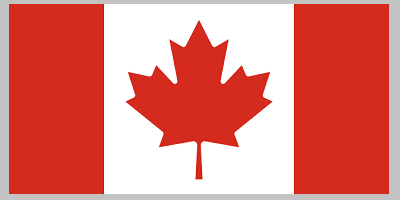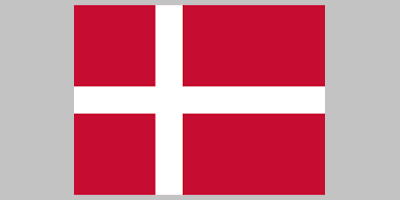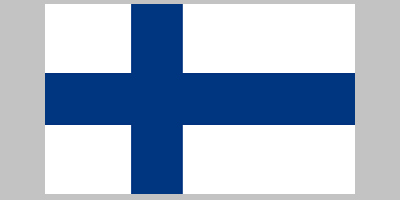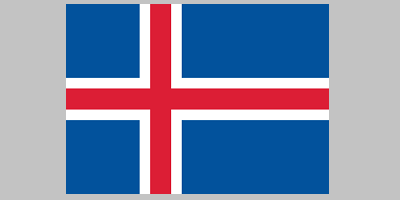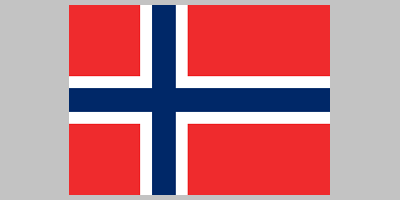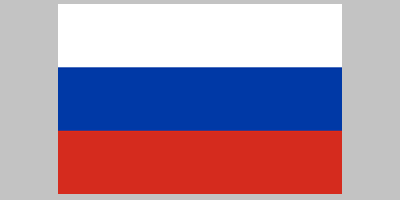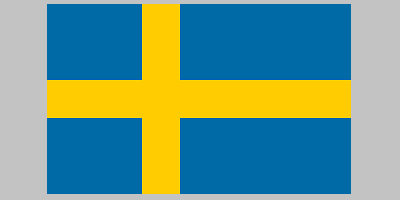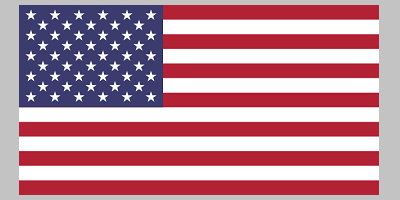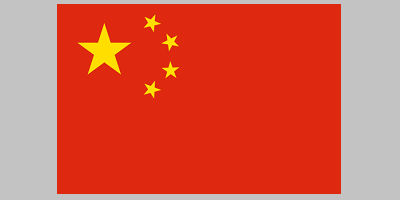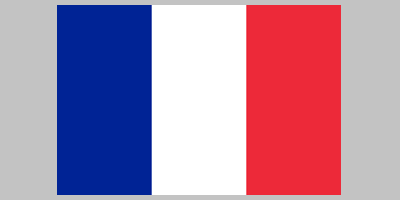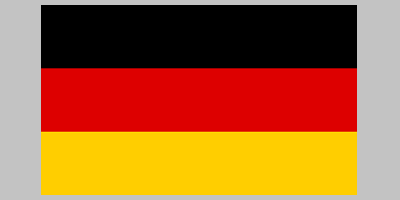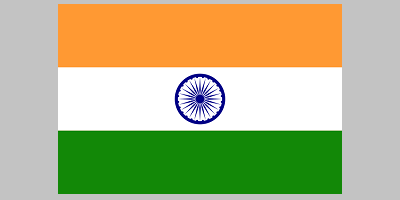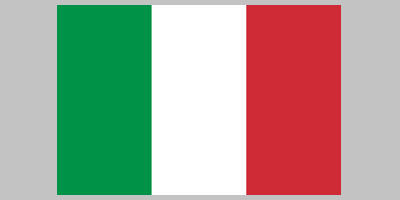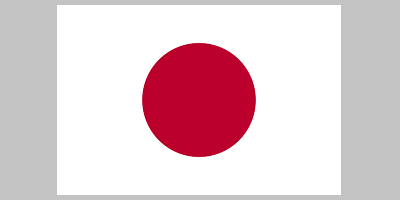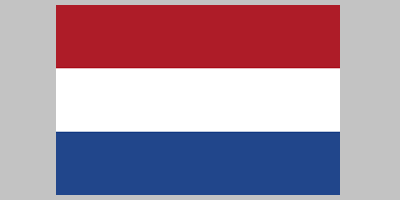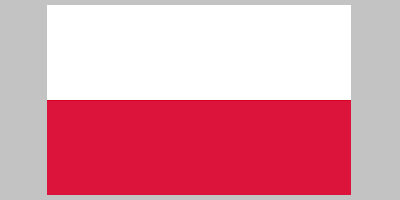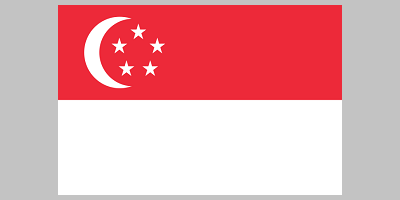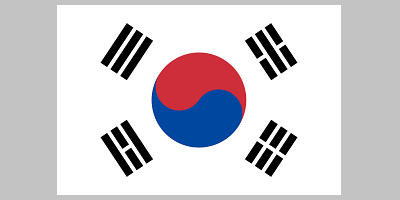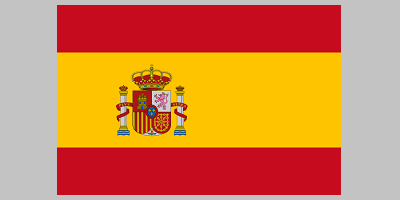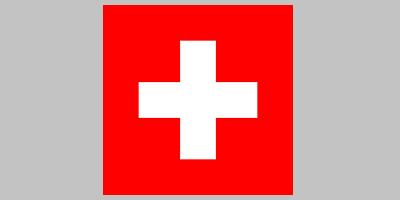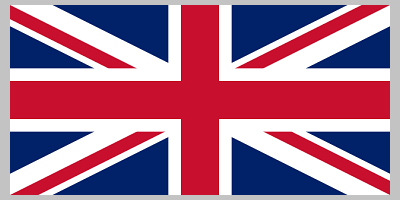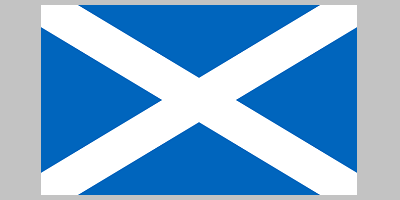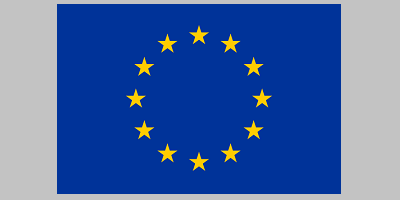National & Supranational Policies and Strategies
This is a comprehensive inventory of documents of existing national- and supranational-level Arctic policies, programs, and strategies, organized by Arctic Council participation in the top section, and alphabetically below. The Center for Arctic Policy Studies tries to update this list as new policies and programs are released. Most recent update: 4 December 2020.
Arctic Council Member States
Non-Arctic Observers to the Arctic Council
Non-Arctic, Non-Observer
National and Supranational Organization Policies
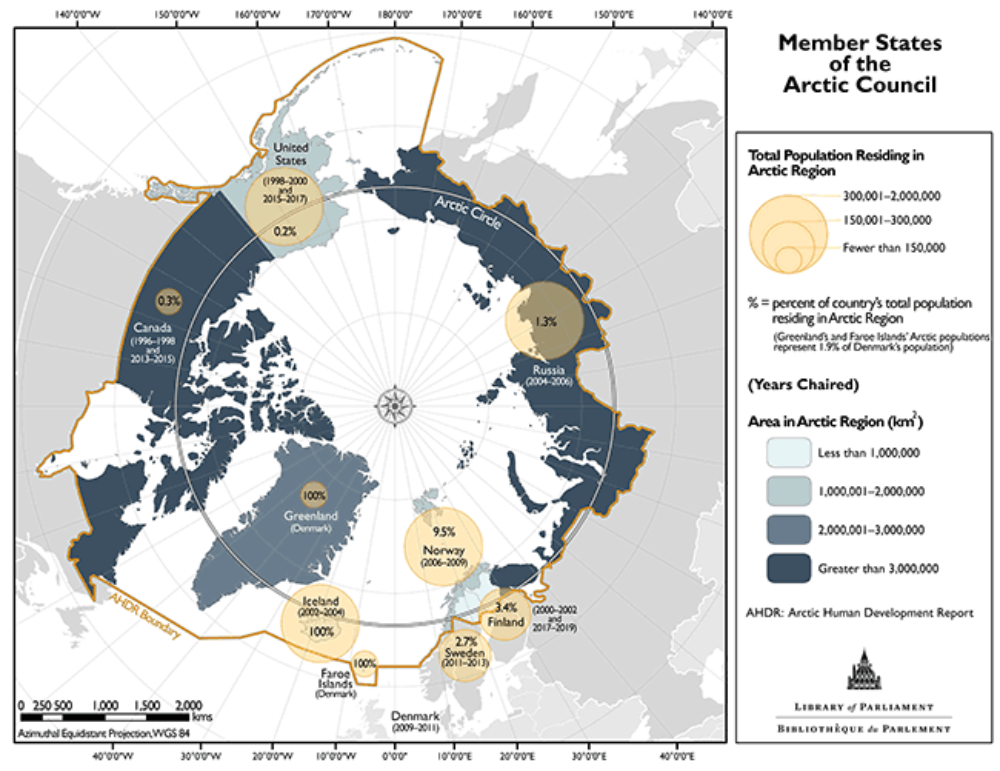
Alphabetical List of National/Supranational
Strategies and Policies
Canada
- Canada's Arctic and Northern Policy (2019)
- Statement on Canada's Arctic Foreign Policy (2010)
- Northern Strategy (2009)
- First Defense Strategy (2008)
- The Northern Dimension of Canada's Foreign Policy (2004)
European Union
- In-Depth Analysis: A Balanced Arctic Policy for the EU (2020)
- An Integrated European Union Policy for the Arctic (2016)
- A Sustainable EU Policy for the High North (2011)
Finland
France
- France and the New Strategic Challenges of the Arctic (2019)
- The Great Challenge of the Arctic: National Roadmap for the Arctic (2016)
- Science Plan 2015-2020 of the French Arctic Initiative (2015)
- Prospective Recherches Polaires (2013)
Germany
- Arctic Policy Guidelines (2019)
- Arctic Policy Guidelines (2013)
Iceland
- Gender Equality in the Arctic (2015)
- A Parliamentary Resolution on Iceland's Arctic Policy (2011)
- Ísland á norðurslóðum (Iceland in the Arctic) (in Icelandic) (2009)
Italian Republic
Japan
Kingdom of Denmark (Denmark, Greenland, and the Faroe Islands)
- The Faroe Islands- A Nation in the Arctic (2013)
- Strategy for the Arctic 2011-2020 (2011)
- Arktis i en brydningstid: Forslag til strategi for aktiviteter i det arktiske område (in Danish) (2008)
The Netherlands
- Pole Position - NL 2.0: Strategy for the Netherlands Polar Programme 2016-2020 (2020)
- Evaluation of the (New) Netherlands Polar Programme 2009–2014 (2014)
- Policy Framework - The Netherlands and the Polar Regions, 2011-2015 (2011)
- Poolpositie-NL: Nieuw Nederlands Polair Programma (NNPP) 2010–2014 (in Dutch) (2009)
Norway
- People, opportunities and Norwegian interests in the Arctic (white paper on Norway's Arctic policy, available at the link in Norwegian) (2020)
- Norway's Arctic Strategy - Between Geopolitics and Social Development (2017)
- Norway's Arctic Policy - Summary (2014)
- The High North: Visions and Strategies (2011)
- New Building Blocks in the North: The next step in the Government's High North Strategy (2009)
- The Norwegian Government's High North Strategy (2006)
People's Republic of China
- China's Arctic Policy (2018)
- Vision for Maritime Cooperation under the Belt and Road Initiative (2017)
Poland
- National Arctic strategy in preparation as of October 2020
- Strategy for Polish Polar Research – a concept for the years 2017–2027 (2017)
- Cele i narzędziapolskiej polityki arktycznej (Goals and Instruments of Polish Arctic Policy - in Polish) (2015)
Republic of India
- India and the Arctic (2013)
Republic of Korea
Republic of Singapore
- No formal Arctic strategy as of October 2020
The Russian Federation
- Basic Principles of Russian Federation State Policy in the Arctic to 2035 (in Russian) (2020)
- Perspective on Russia's new State POlicy in the Arctic to 2035 (2020)
- Fundamentals of State Policy of the Russian Federation in the Arctic in the Period up to 2020 and Beyond (2008)
Scotland
Spain
Sweden
- Sveriges strategi för den arktiska regionen (in Swedish) (2020)
- Perspective on Sweden's Strategy for the Arctic Region (2020)
- New Swedish Environmental Policy for the Arctic (2016)
- Sweden's Strategy for the Arctic Region (2011)
Switzerland
- No policy document available
- Swiss Ambassador Stefan Estermann on the Swiss Arctic Policy at Arctic Circle Assembly (2019)
- Perspective on the Swiss Arctic Policy (2019)
- Swiss Polar Research: Pioneering Spirit, Passion, and Excellence (2015)
United Kingdom
- Beyond the Ice: UK policy towards the Arctic (2018)
- On Thin Ice: UK Defence in the Arctic - House of Commons Defence Committee (2018)
- Responding to a Changing Arctic - House of Lords (2015)
- Adapting to Change: UK policy towards the Arctic (2013)
United States of America
- U.S. Army Regaining Arctic Dominance: the U.S. Army in the Arctic (2021)
- U.S. Department of Homeland Security Strategic Approach for Homeland Security (2021)
- U.S. Navy Strategic Blueprint for a Blue Arctic (2021)
- Department of the Air Force Arctic Strategy (2020)
- Presidential Memorandum on Safeguarding U.S. National Interests in the Arctic and Antarctic Regions (June 2020)
- Department of Defense Arctic Strategy (2019)
- U.S. Coast Guard Arctic Strategic Outlook (2019)
- U.S. Navy Strategic Outlook for the Arctic (2019)
- Executive Order - Enhancing Coordination of National Efforts in the Arctic (2015)
- U.S. Navy Arctic Roadmap 2014-2030 (2014)
- Implementation Plan for the National Strategy for the Arctic Region (2014)
- Arctic Research Plan for FY2013-2017 (2013)
- Department of Defense - Arctic Strategy (2013)
- National Strategy for the Arctic Region (2013)
- U.S. Coast Guard Arctic Strategy (2013)
- Directive on Arctic Policy - NSDP 66 & HSDP 25 (2009)
- Arctic Research and Policy Act of 1984 (amended 1990)



